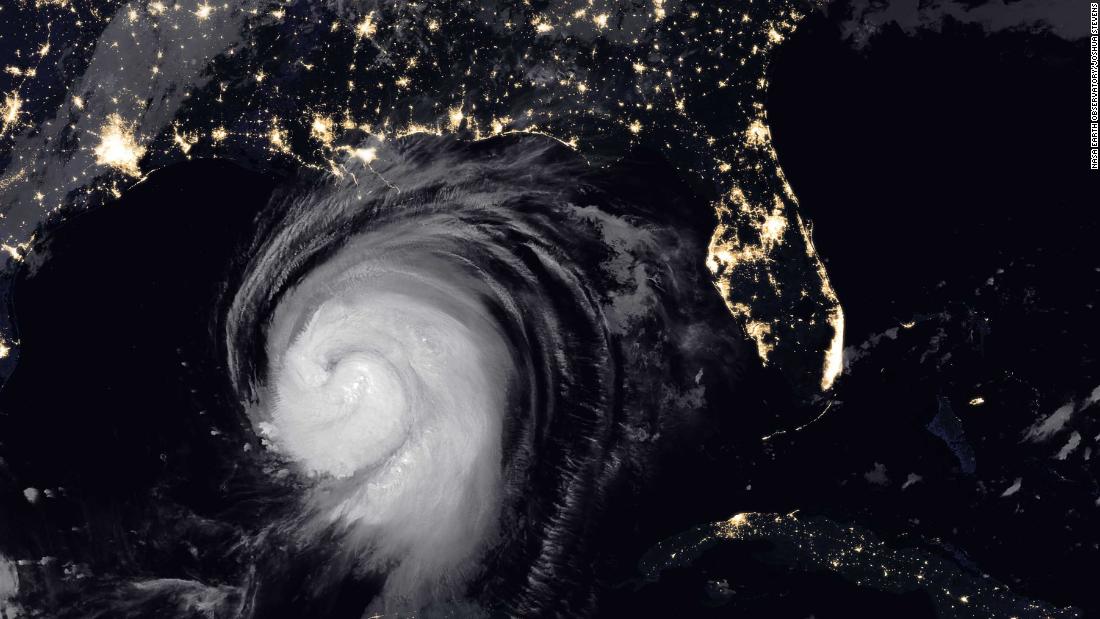Images of some of these climatic events – which are equally visually stunning and sobering – were captured by NASA’s fleet of Earth-observing satellites and instruments. the International Space Station.
On this day last year, NASA’s Moderate Resolution Imaging Spectroradiometer captured images of thick, brownish smoke drifting across southeastern Australia as the country was devastated by one of its worst wildfire seasons on record.
The fire season in Australia is always dangerous – but the conditions were extremely bad in 2020, causing the flames to flare up and making the firefighting conditions particularly difficult.
Experts believe that climate change has exacerbated the scale and impact of natural disasters such as fires and floods – the weather conditions are becoming more extreme, and for years fires have started earlier in the season and spread with greater intensity.
In the image below, on 9 September, a thick blanket of smoke can be seen along the West Coast,
“Climate and fire scientists have long anticipated that fires in the American West would become larger, more intense, and more dangerous. But even the most experienced among them had a loss of words to describe the extent and intensity of the fires burning. “West Coast states during September 2020,” NASA said.
Several of this year’s fires were caused by lightning, but extreme conditions, including record temperatures, dry air, strong winds and drought, caused the fires to wreak havoc in nearby forests and eventually homes.
The Visible Infrared Imaging Radiometer Suite (VIIRS) and the Ozone Mapping and Profiler Suite (OMPS) sensors, found on the NOAA-NASA Suomi NPP satellite, collected daily images of thick plumes of aerosol particles blowing across the American west, which, according to NASA, was on a scale that satellites and scientists rarely see.
Drought
Although this image appears to be a lush and green oasis, the image captured by NASA’s Landsat actually reveals the parched river basin of the Paraná River in Argentina.
An extended period of exceptionally hot weather and drought in southern Brazil, Paraguay and northern Argentina has caused the river to drop to its lowest level in decades. The drought not only contributed to an increase in fire activity in the surrounding delta and floodplain, but it also affected local businesses and residents, with ships lying on the ground and low water levels costing millions of dollars in the grain industry.
Hurricanes
Hurricane Laura, one of the ten strongest hurricanes to land in the U.S., swept through southwest Louisiana in August, killing at least six people and leaving a wide trail of destruction.
In the photo above, captured by the VIIRS on the NOAA-20 satellite, the storm threatens the U.S. coastline, highlighted by the darkness of night, while clouds are displayed in infrared using luminosity temperature data and on the images covered with city lights.
